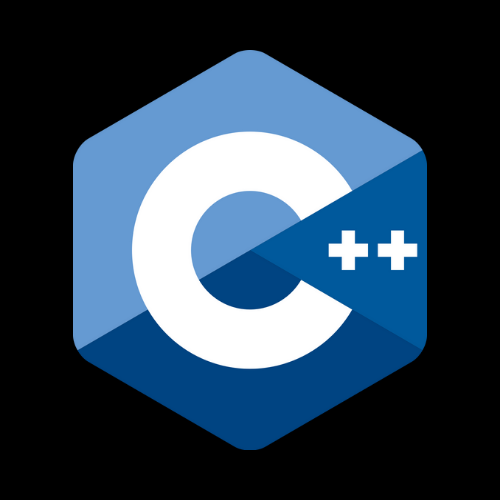Level: Intermediate
1. How do you perform aggregation operations using the $group stage in MongoDB aggregation pipelines?
2. Explain the concept of indexes in MongoDB. How do you choose between single-field and compound indexes?
3. How do you use the $lookup stage in MongoDB aggregation pipelines to perform a left outer join between collections?
4. Describe the purpose and usage of the explain() method in MongoDB. How do you interpret query plans generated by explain()?
5. How do you create and manage indexes in MongoDB using the ensureIndex() method?
6. Explain the concept of covered queries in MongoDB. How do covered queries improve query performance?
7. How do you perform range queries in MongoDB using the $gte and $lt operators?
8. Describe the purpose of the $redact stage in MongoDB aggregation pipelines. How do you use $redact for data filtering?
9. How do you use MongoDB's text indexes and $text operator to perform full-text search queries?
10. Explain the role of MongoDB WiredTiger storage engine. How does WiredTiger enhance performance and concurrency?
11. How do you implement document validation rules using JSON schema validation in MongoDB?
12. Describe the benefits and use cases of MongoDB Atlas Data Lake. How do you integrate MongoDB Atlas Data Lake with other services?
13. How do you perform data modeling in MongoDB for scenarios requiring schema design with embedded documents versus referencing documents?
14. Explain the purpose and benefits of the db.collection.bulkWrite() method in MongoDB. How do you use it for bulk operations?
15. How do you implement transactions in MongoDB for ensuring ACID (Atomicity, Consistency, Isolation, Durability) properties?
16. Describe the concept of MongoDB Change Streams. How do you use Change Streams for real-time notifications and data synchronization?
17. How do you optimize MongoDB queries and indexes for read-heavy workloads versus write-heavy workloads?
18. Explain the concept of secondary indexes in MongoDB. How do secondary indexes differ from primary indexes?
19. How do you implement time-to-live (TTL) indexes in MongoDB for automatic document expiration based on a specific field?
20. Describe the benefits and use cases of MongoDB's Aggregation Framework compared to traditional SQL aggregation queries.
21. How do you perform geospatial queries in MongoDB using GeoJSON objects and the $geoNear operator?
22. Explain the purpose and implementation of MongoDB's GridFS for storing and retrieving large files and binary data.
23. How do you use MongoDB Compass to visually explore and manage databases, collections, and documents?
24. Describe the principles and best practices for schema design in MongoDB, considering factors like data access patterns and performance.
25. How do you implement optimistic concurrency control in MongoDB for preventing concurrent updates to documents?
26. Explain the concept of write concerns in MongoDB. How do write concerns ensure data durability and consistency?
27. How do you perform efficient data backups and restores in MongoDB using tools like mongodump and mongorestore?
28. Describe the role and benefits of MongoDB Atlas Search. How do you integrate full-text search capabilities with MongoDB Atlas Search?
29. How do you handle large datasets and paging in MongoDB queries using the skip() and limit() methods?
30. Explain the principles of MongoDB replication. How do replica sets ensure high availability and fault tolerance?
31. How do you use MongoDB's aggregation pipeline for advanced data transformations, projections, and data enrichment?
32. Describe the principles of MongoDB sharding. How do sharded clusters improve scalability and distribute data across multiple nodes?
33. How do you implement data encryption at rest and in transit in MongoDB to ensure data security and compliance?
34. Explain the purpose and benefits of MongoDB Charts. How do you use MongoDB Charts for visualizing data directly from MongoDB?
35. How do you implement multi-document ACID transactions in MongoDB across multiple collections and documents?
36. Describe the principles of MongoDB Enterprise Advanced features. How do these features enhance security, monitoring, and management capabilities?
37. How do you implement custom roles and user-defined roles in MongoDB for managing access control and permissions?
38. Explain the role of MongoDB Realm in mobile and web application development. How do you integrate MongoDB Realm with MongoDB Atlas?
39. How do you implement change data capture (CDC) in MongoDB for capturing and processing real-time data changes?
40. Describe the principles of MongoDB aggregation pipeline optimization techniques, including query planning and execution stages.
41. How do you handle schema migrations and versioning in MongoDB for evolving database schemas without downtime?
42. Explain the purpose and benefits of MongoDB Stitch. How do you use MongoDB Stitch for serverless application development?
43. How do you implement cross-document transactions in MongoDB for maintaining data consistency across related documents?
44. Describe the principles of MongoDB Atlas Data Lake and federated queries for querying data across multiple data sources.
45. How do you use MongoDB Realm Sync for offline-first mobile applications? Explain the synchronization process with MongoDB Atlas.
46. How do you implement fine-grained access control in MongoDB using field-level encryption and data masking techniques?
47. Explain the principles and benefits of using MongoDB Compass for schema visualization, query optimization, and performance tuning.
48. How do you integrate MongoDB with Apache Kafka for real-time data streaming and event-driven architectures?
49. Describe the principles of MongoDB Enterprise Backup and point-in-time recovery (PITR) for ensuring data resilience and disaster recovery.
50. How do you use MongoDB Realm Triggers for automating workflows and reacting to changes in MongoDB data collections?


